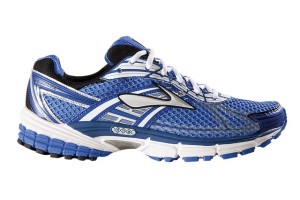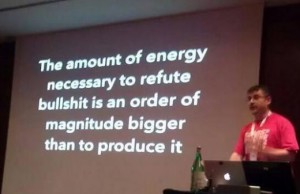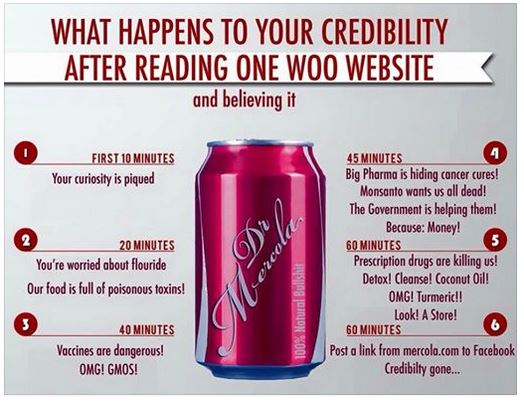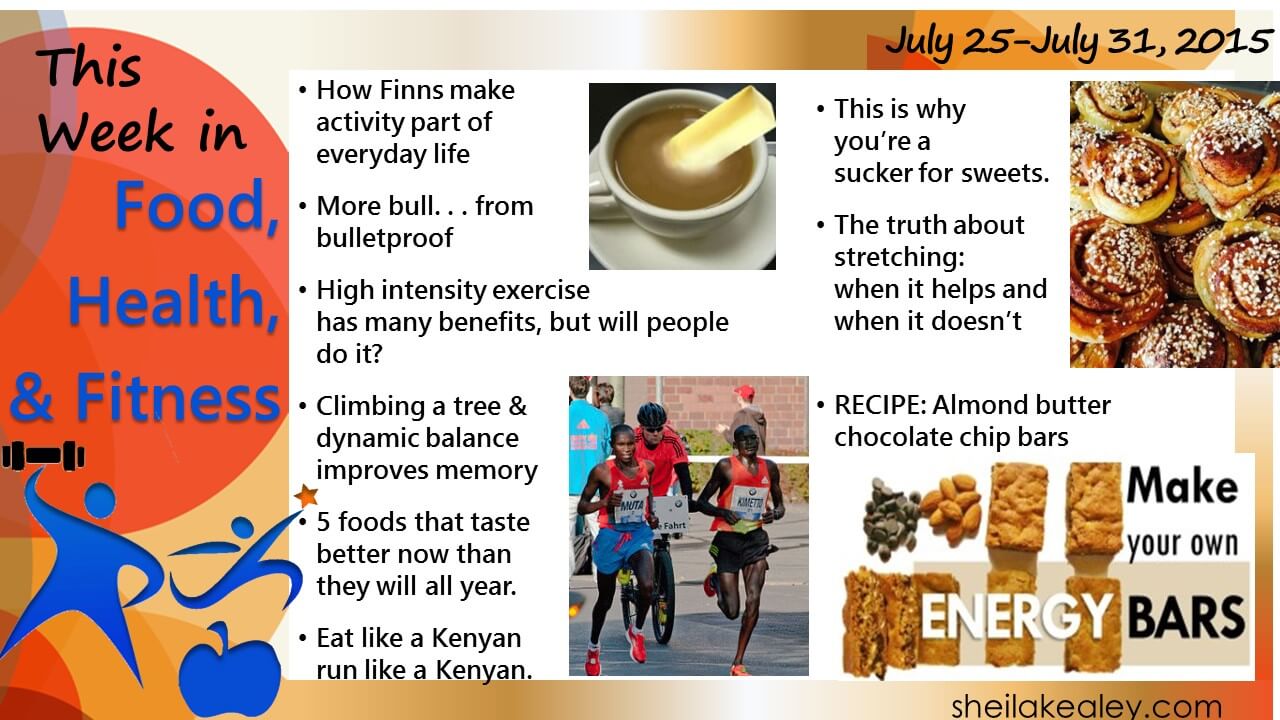This week, read about choosing the best running shoe, how walking meetings boost creativity, hot yoga, spicy foods and health, grain brain debunked, viral health infographics, academic stress and sports injuries, hot dogs, and bagel math.
 Choosing the right running shoe (it’s easier than you think!). Do you overpronate when you run and need a shoe that corrects that? Probably not. A new study by researchers at the University of Calgary reveals that many common practices and beliefs about choosing the best shoes and aren’t supported by science. The study reviewed years of research on running injuries, and concluded that the best guide for choosing a shoe is comfort. (Gretchen Reynolds, reporting on Br J Sports Med , July 28 2015).
Choosing the right running shoe (it’s easier than you think!). Do you overpronate when you run and need a shoe that corrects that? Probably not. A new study by researchers at the University of Calgary reveals that many common practices and beliefs about choosing the best shoes and aren’t supported by science. The study reviewed years of research on running injuries, and concluded that the best guide for choosing a shoe is comfort. (Gretchen Reynolds, reporting on Br J Sports Med , July 28 2015).
Leaving hot yoga before the class ends. Bikram yoga classes (also know as hot yoga), go through a series of strenuous postures in a room heated to at least 38 deg C (100 degrees F). It’s not for everyone. Health writer Olga Khazan writes about her experience with the practice. (The Atlantic)
 Frequent spicy food consumption linked with longer life. Along with a spicy zing and distinctive flavor, hot peppers may be good for health, according to a large-scale study published this week. Researchers found that those who consumed spicy food more than once a week had a reduced risk of death, cancer, and heart disease. The study didn’t investigate mechanisms, but other research suggests that the compounds that give chili peppers their heat (e.g., capcasin) may have health benefits. This is an observational study that can’t prove cause and effect, but provides insight for more rigorous investigations into chili peppers. (Harvard School of Public Health, reporting on BMJ, August 4, 2015)
Frequent spicy food consumption linked with longer life. Along with a spicy zing and distinctive flavor, hot peppers may be good for health, according to a large-scale study published this week. Researchers found that those who consumed spicy food more than once a week had a reduced risk of death, cancer, and heart disease. The study didn’t investigate mechanisms, but other research suggests that the compounds that give chili peppers their heat (e.g., capcasin) may have health benefits. This is an observational study that can’t prove cause and effect, but provides insight for more rigorous investigations into chili peppers. (Harvard School of Public Health, reporting on BMJ, August 4, 2015)
Warmer office temperatures could lower food intake. If you need to watch your calorie intake, a cold office may be hindering your efforts. A small pilot study by researchers at the University of Alabama found that a warmer office environment increased body temperature, leading to decreased food intake (study participants ate about 85 calories less for every 1 degree C risk in peripheral temperature). (Frontiers in Nutrition, August 2015.)
Grain Brain Debunking: Fact checking a Perlmutter Interview. Nutrition advice confuses many, and it’s discouraging when myths and fads seem more popular than good, science-based information. While some fads are easy to spot, others are by “Dr’s” and “experts” who cite research, making it difficult for most people to figure out what’s true. Some popular examples are , Dr Oz, Dr. Mercola, and Dr Davis (Wheat Belly author) – see my myths and misconceptions page for more info.
Although these authors state their views as “evidence-based” and cite research, they are often cherry picking the scientific literature and citing small studies that support their views (and ignoring the majority scientific evidence accumulated over the years that may not). They also tend to misinterpret the research, bending the results to fit their argument.
 I really appreciate it when a real expert takes the time to sift through the cherry-picked or misinterpreted research to reveal false claims – it can take a huge deal of time and energy (see slide). This week, Colby Vorland fact checks an interview with David Perlmutter, author of “Grain Brain” and “Brain Maker” who demonizes grains, gluten, and sometimes carbohydrates in general, asserting that they’re the cause of many diseases, including Alzheimer’s, Parkinson’s, ADHD, autism, multiple sclerosis, diabetes, and cancer. (Colby Voland, Nutritional Blogma)
I really appreciate it when a real expert takes the time to sift through the cherry-picked or misinterpreted research to reveal false claims – it can take a huge deal of time and energy (see slide). This week, Colby Vorland fact checks an interview with David Perlmutter, author of “Grain Brain” and “Brain Maker” who demonizes grains, gluten, and sometimes carbohydrates in general, asserting that they’re the cause of many diseases, including Alzheimer’s, Parkinson’s, ADHD, autism, multiple sclerosis, diabetes, and cancer. (Colby Voland, Nutritional Blogma)
Viral health infographics. You may have seen the viral coca cola infographic trending this week (what happens 1 hour after drinking a can of coke) that was debunked for its lack of good science here and here. And there were many “what happens 1 hour after” spoofs (quinoa, Nickleback, etc.). This is my favourite one (note the reference to Dr. Mercola, a very popular health website) . . .
High academic stress increases illness and injuries in student athletes. A recent study by researchers at the University of Missouri found that athletes were more than 3 times more likely to get injured during times of high academic stress compared to periods of low academic stress. The study was conducted in football players, but researchers believe that results would likely be similar for other student athletes, and note that coaches should pay attention to athlete stressors and adjust training accordingly (University of Missouri, reporting on J Strength Cond Res. 2015 May 30 ).
Should you eat hot dogs? 4/5 experts say No. A growing body of evidence shows that processed meats are linked to cancer, diabetes, and heart disease. (Time)
Walking meetings: a step in the right direction? The evidence that sitting too much is harmful to health is mounting, and a lot of us spend time sitting at work. Some have advocated “walking meetings” as a way to avoid more time in a chair. Allana Leblanc looks at a recent study that investigated the creativity benefits of walking meetings (the researchers must practice what they preach, having come up with this title, unusually creative for a research journal->Give Your Ideas Some Legs: The Positive Effect of Walking
on Creative Thinking). Across a series of four experiments, study participants were more creative when walking, especially outdoors. (Obesity Panacea)
Bagel Math: Cut Your Bagel The Mathematically Correct Way and learn about a Mobius strip . . .

